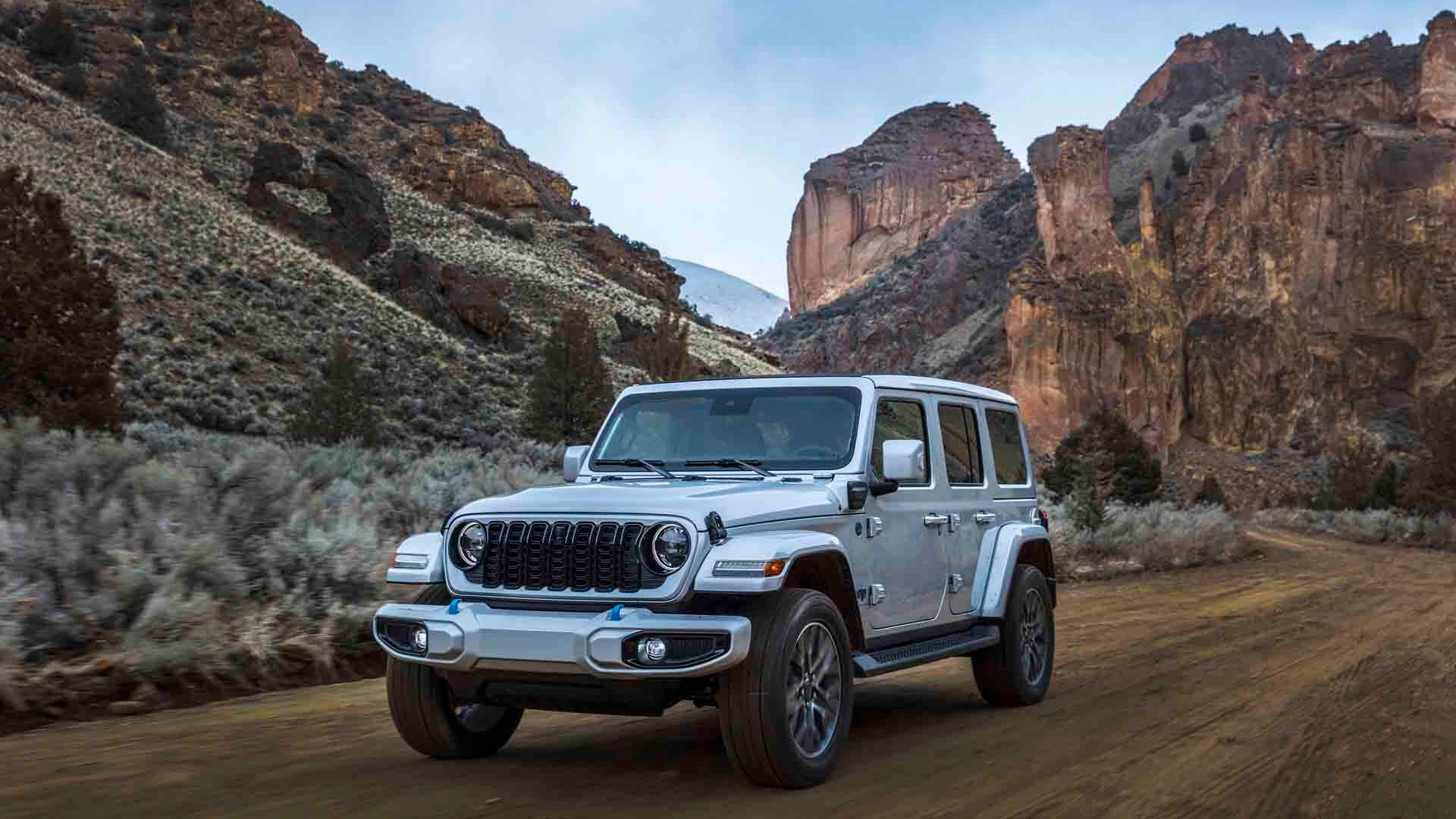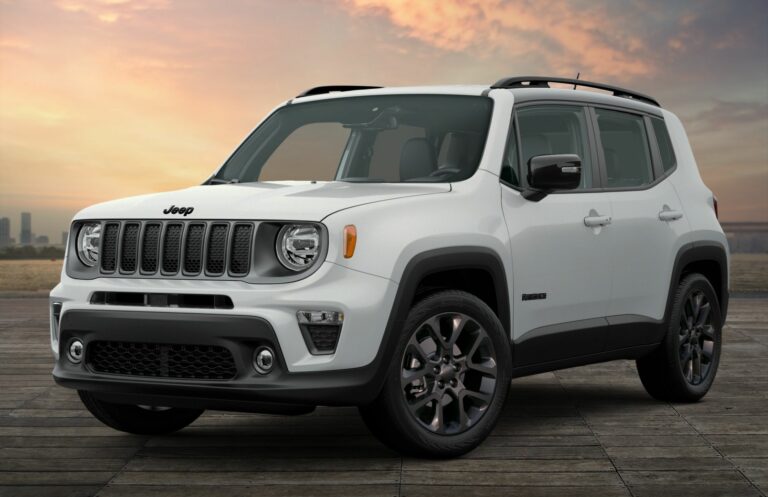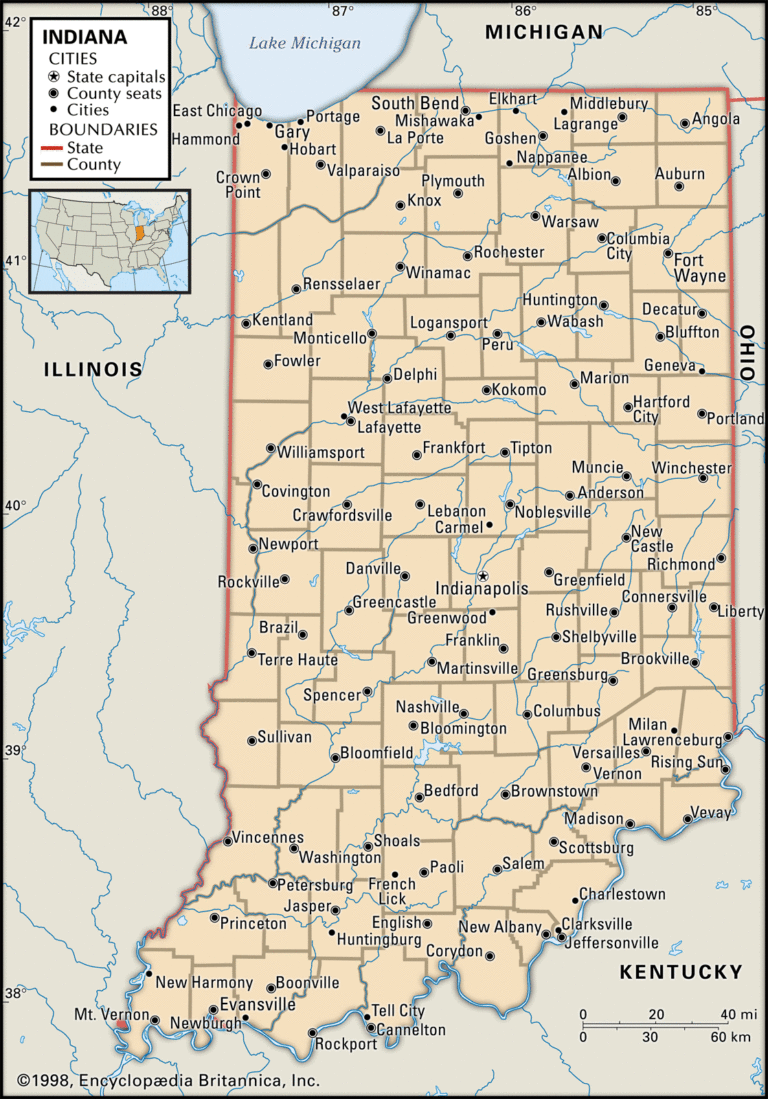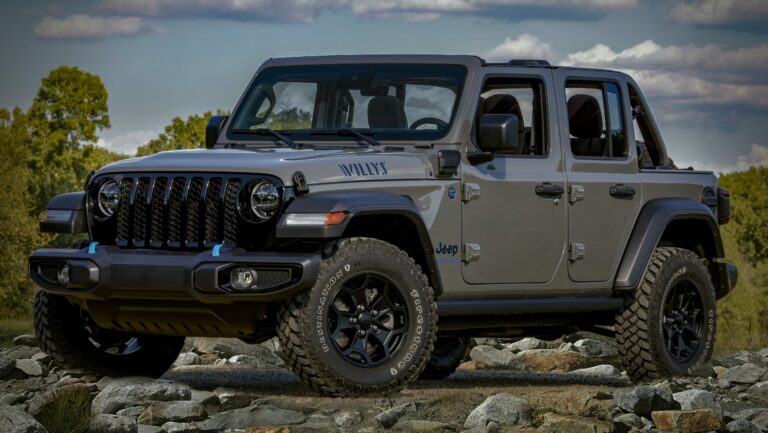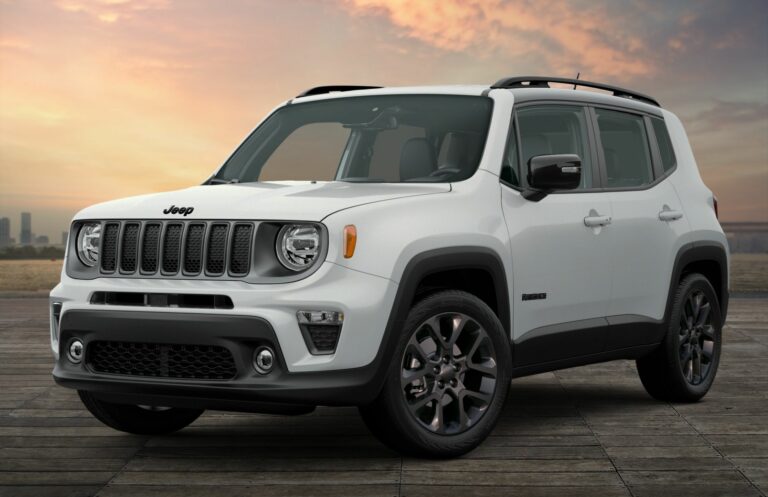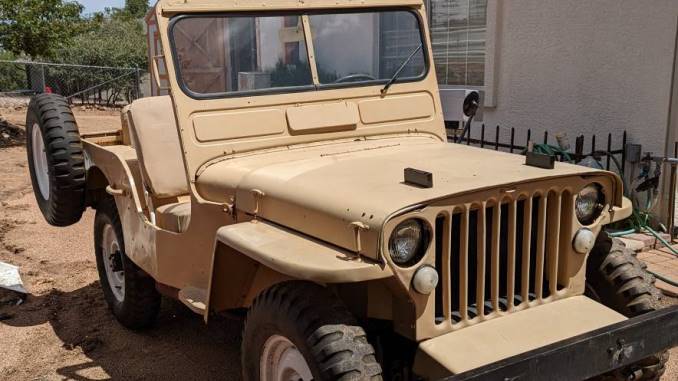Jeep Wrangler Year Models: A Comprehensive Guide to an Off-Road Icon
Jeep Wrangler Year Models: A Comprehensive Guide to an Off-Road Icon jeeps.truckstrend.com
Introduction: The Enduring Legacy of the Jeep Wrangler
The Jeep Wrangler isn’t just a vehicle; it’s a statement, a lifestyle, and an enduring symbol of adventure and capability. From its humble military origins to its modern-day sophistication, the Wrangler has consistently redefined what a civilian off-road vehicle can be. Understanding the various Jeep Wrangler year models is crucial for anyone looking to buy, restore, or simply appreciate this legendary machine. Each generation brings its unique character, technological advancements, and a distinct set of pros and cons, reflecting the evolving demands of drivers while staying true to its rugged heritage. This guide will take you on a journey through the Wrangler’s storied past, exploring the defining characteristics, key innovations, and practical considerations for each significant era of this iconic 4×4. Whether you’re a seasoned Jeeper or a curious newcomer, delving into the nuances of each year model will illuminate why the Wrangler continues to captivate enthusiasts worldwide.
Jeep Wrangler Year Models: A Comprehensive Guide to an Off-Road Icon
The Genesis: YJ (1987-1995) – The First Wrangler
The YJ marked a pivotal moment, officially replacing the beloved CJ series and introducing the "Wrangler" nameplate. While it retained much of the CJ’s rugged DNA, the YJ sought to appeal to a broader audience with improved on-road manners.
Key Characteristics:
- Distinctive Square Headlights: This is the most polarizing and instantly recognizable feature of the YJ, a departure from the round headlights that defined its predecessors and successors.
- Leaf Spring Suspension (Front and Rear): Offering a traditional, robust setup known for its simplicity and durability, though it contributed to a stiffer ride compared to later models.
- Engine Options: Primarily the 2.5L AMC 150 I4 and the more desirable 4.2L AMC 258 I6 (carbureted until 1990, then fuel-injected 4.0L High Output I6 from 1991 onwards). The 4.0L is highly regarded for its reliability and torque.
- Interior: Basic, functional, and designed for easy cleaning after off-road excursions.
![]()
Why Choose a YJ?
- Affordability: Generally the most budget-friendly Wrangler generation.
- Simplicity: Easier to work on for the DIY enthusiast due to fewer electronics.
- Classic Appeal: A true piece of Jeep history, often sought after by collectors.
- Off-Road Prowess: Despite the leaf springs, a properly set up YJ is incredibly capable on trails.

Considerations & Challenges:
- Rust: Frame and body rust are common issues, especially in areas exposed to salt. Thorough inspection is crucial.
- Ride Quality: The leaf spring suspension can be harsh on pavement compared to coil-sprung models.
- Limited Creature Comforts: Lacks modern amenities and safety features.
The Return to Round: TJ (1997-2006) – A Leap Forward
After a brief hiatus in 1996, the TJ arrived in 1997 and instantly became a fan favorite, largely due to a significant engineering overhaul that brought back the iconic round headlights and, more importantly, introduced coil springs.
Key Characteristics:
- Coil Spring Suspension (Front and Rear): This was a game-changer, dramatically improving ride comfort, articulation, and on-road handling without sacrificing off-road capability.
- Engine: Primarily powered by the legendary 4.0L AMC 242 I6, renowned for its bulletproof reliability and strong low-end torque. A 2.5L I4 was also available.
- Interior: Still utilitarian but more refined than the YJ, with improved ergonomics.
- Introduction of the Rubicon (2003): This factory-tuned off-road beast came with Dana 44 axles (front and rear), Tru-Lok locking differentials, a 4:1 low-range transfer case, and 31-inch tires, setting a new standard for OEM capability.
- LJ (Unlimited) (2004-2006): An extended wheelbase version (10 inches longer) offering more rear passenger legroom and significantly increased cargo space, highly sought after by overlanders.
Why Choose a TJ/LJ?
- Balance: Offers a superb balance of classic Wrangler charm, excellent off-road capability, and improved on-road comfort.
- Robust Aftermarket: One of the most supported platforms for modifications.
- Reliable Powertrain: The 4.0L engine is a workhorse.
- Versatility: The LJ provides practicality without sacrificing off-road prowess.
Considerations & Challenges:
- Frame Rust: Like the YJ, frame rust can be an issue, particularly around the skid plates and control arm mounts.
- Aging Components: As these vehicles are 18+ years old, wear and tear on suspension components, seals, and electrical systems are expected.
- Fuel Economy: The 4.0L is thirsty, especially with larger tires.
The Four-Door Revolution: JK (2007-2018) – Expanding the Appeal
The JK generation marked the most significant transformation in Wrangler history, introducing the first-ever factory four-door model (JK Unlimited or JKU), dramatically expanding its market appeal to families and daily drivers.
Key Characteristics:
- Two-Door (JK) and Four-Door (JKU) Options: The four-door model provided unprecedented practicality for a Wrangler, making it a viable family vehicle.
- Larger Footprint: Both two and four-door models were larger and heavier than previous generations, offering more interior space and a more substantial on-road presence.
- Engine Evolution:
- 2007-2011: 3.8L EGH V6 (often criticized for being underpowered and less refined).
- 2012-2018: 3.6L Pentastar V6 (a significant upgrade, offering more horsepower, better fuel economy, and improved refinement).
- Interior: More modern, comfortable, and equipped with more amenities and safety features than TJs.
- Enhanced Capability: Continued to offer Rubicon models with advanced off-road features, and the larger size improved stability.
Why Choose a JK?
- Practicality: The JKU makes it a viable daily driver for families or those needing more space.
- Modern Comforts: More refined interior, better sound insulation, and more tech features than older generations.
- Vast Aftermarket: Unrivaled in terms of available parts and accessories.
- Strong Resale Value: Holds its value remarkably well.
Considerations & Challenges:
- 3.8L Engine (Pre-2012): Many owners desire the 3.6L Pentastar for its superior performance.
- Weight: The increased size and weight can impact fuel economy and off-road agility in tight spots.
- "Death Wobble": While not exclusive to JKs, this phenomenon (violent shaking of the front end at speed) is a common discussion point, usually attributed to worn steering components.
- Electronic Complexity: More electronics mean more potential points of failure, though generally reliable.
Modern Era & Future: JL (2018-Present) – Refinement and Innovation
The JL generation built upon the JK’s success, refining nearly every aspect of the Wrangler while introducing a host of new technologies and powertrain options, pushing the boundaries of what a Wrangler can be.
Key Characteristics:
- Evolutionary Design: Retains the iconic Wrangler look but with subtle refinements, improved aerodynamics, and lighter materials (aluminum doors, hood, tailgate).
- Diverse Powertrain Options:
- 3.6L Pentastar V6: Standard, often with eTorque mild-hybrid system.
- 2.0L Turbo I4: Offers good torque and surprising fuel efficiency.
- 3.0L EcoDiesel V6 (discontinued for 2023): For serious torque and range.
- 4xe Plug-in Hybrid: A groundbreaking step, offering electric-only range and impressive combined power.
- 6.4L Hemi V8 (Rubicon 392): The most powerful factory Wrangler ever, a true performance beast.
- Advanced Interior & Technology: Significantly upgraded interior with premium materials, larger Uconnect touchscreens, Apple CarPlay/Android Auto, and advanced safety features.
- Improved Off-Road Capability: Better approach/departure angles, more sophisticated 4×4 systems, and even more robust Rubicon features (e.g., electronic sway bar disconnect available in 4-high).
- Power Tops: Options like the Sky One-Touch Power Top offer open-air convenience.
Why Choose a JL?
- Most Refined: Best on-road manners, most comfortable interior, and quietest cabin.
- Technologically Advanced: Cutting-edge infotainment, safety features, and powertrain options.
- Exceptional Capability: Still a world-class off-roader, with new options like the 4xe offering silent electric trail crawling.
- Diverse Choices: A Wrangler for every need, from efficient hybrid to roaring V8.
Considerations & Challenges:
- Higher Price Tag: The most expensive Wrangler generation, especially for higher trims and advanced powertrains.
- Electronic Complexity: More systems mean potentially more complex diagnostics and repairs.
- Learning Curve: The new tech might take some getting used to for traditionalists.
Choosing the Right Wrangler for You: Practical Advice
Selecting the perfect Wrangler depends heavily on your priorities and budget.
- Budget: YJs and early TJs are the most affordable entry points. JKs offer a sweet spot for value, while JLs are premium.
- Intended Use:
- Hardcore Off-Roading/Restoration: YJ or TJ for their simplicity and robust aftermarket.
- Balanced On/Off-Road, Family-Friendly: JK Unlimited (JKU) or JL Unlimited.
- Daily Driver with Best Comfort/Tech: JL.
- Overlanding: LJ (TJ Unlimited) or JKU.
- Comfort vs. Capability: The TJ offers an excellent balance. JKs lean more towards comfort/space, and JLs prioritize refinement and technology.
- Maintenance: Older models might require more frequent and hands-on maintenance. Newer models are more complex but might be more reliable in the short term.
- Rust Inspection: Absolutely critical for YJ and TJ models, especially in the frame. Pay close attention to previous repairs or cover-ups.
Maintenance and Ownership Tips
Owning a Wrangler is a commitment to adventure, but also to proper care.
- Regular Fluid Checks: Engine oil, transmission fluid, transfer case fluid, differential fluid. Wranglers work hard.
- Tire Care: Rotate regularly, maintain proper pressure, and consider dedicated off-road tires if you frequently hit the trails.
- Rust Prevention: Wash off salt and mud promptly. Consider undercoating or rust-inhibiting sprays, especially for older models.
- Axle Breathers: Extend them for deep water crossings to prevent water intrusion into differentials.
- Understand Your 4WD System: Know when and how to engage 4-High, 4-Low, and utilize features like locking differentials.
- Join a Community: Wrangler owners are passionate and helpful. Online forums, local clubs, and meetups are invaluable resources for advice, tips, and camaraderie.
Challenges and Solutions
- "Death Wobble": This violent shaking of the front end at highway speeds is usually caused by worn steering or suspension components (track bar, tie rod ends, ball joints, control arm bushings). Solutions involve diagnosing and replacing worn parts, ensuring proper alignment, and often upgrading components.
- Soft Top Leaks: Common across all generations. Solutions include ensuring proper installation, checking seals, using seam sealer, and inspecting for rips or tears.
- Rust: Prevention is key. For existing rust, remediation can range from wire brushing and rust converters to professional frame repair or replacement.
- Fuel Economy: Wranglers are not known for their fuel efficiency. Accept it, drive conservatively, and consider smaller engine options (2.0L turbo JL, 4xe).
Jeep Wrangler Year Models: Estimated Used Price Ranges
This table provides estimated used price ranges. Actual prices vary drastically based on mileage, condition, modifications, region, and specific trim levels (e.g., Rubicon models command higher prices). These are general guidelines for a well-maintained, stock, or lightly modified vehicle.
| Generation | Model Years | Estimated Used Price Range (USD) | Notes |
|---|---|---|---|
| YJ | 1987-1995 | $5,000 – $15,000 | Simpler, more prone to rust. 4.0L models are more desirable. |
| TJ | 1997-2006 | $10,000 – $25,000 | Highly sought after. Rubicon and LJ (Unlimited) models are at the higher end. |
| JK | 2007-2018 | $15,000 – $35,000 | JKU (4-door) generally higher. 2012+ models with 3.6L Pentastar fetch better prices. |
| JL | 2018-Present | $30,000 – $80,000+ | Prices vary wildly by engine (e.g., 4xe, 392 are premium), trim, and options. |
Note: Prices are highly dynamic and subject to market conditions, vehicle history, and specific features. Always conduct thorough research and inspection before purchase.
Frequently Asked Questions (FAQ)
Q1: Which Wrangler is best for daily driving?
A1: The JL generation (2018-Present) offers the most refined on-road manners, best comfort, and advanced technology, making it the top choice for daily driving. The JK (2007-2018), especially the four-door JKU, is also a popular and capable daily driver.
Q2: Which Wrangler is best for hardcore off-roading?
A2: All Wranglers are capable, but for serious off-roading, the Rubicon trim level across TJ, JK, and JL generations is purpose-built. Many purists also love the TJ for its ideal size and robust aftermarket support.
Q3: Are Wranglers reliable?
A3: Generally, yes, especially the engines like the 4.0L I6 (TJ) and 3.6L Pentastar V6 (late JK, JL). However, like any off-road vehicle, components are subject to more stress, and maintenance is key. Older models can have rust and aging component issues.
Q4: What’s the difference between a Rubicon and a Sahara (or Sport)?
A4: The Rubicon is the most off-road-capable factory trim, featuring heavier-duty axles (typically Dana 44s), lower transfer case gearing (4:1), electronic locking differentials, and an electronic sway bar disconnect. Sahara is a more luxurious, street-oriented trim with body-colored fender flares and more comfort features. Sport is the base model, offering essential Wrangler capability without the bells and whistles.
Q5: Can I take the doors and roof off all Wranglers?
A5: Yes! This is a core feature of the Wrangler across all generations. The doors are removable (though some states require side mirrors if doors are off), and the roof (soft top, hardtop, or power top) can be removed or retracted for an open-air experience.
Q6: What is "death wobble"?
A6: "Death wobble" is a phenomenon where the front end of a solid-axle vehicle (like a Wrangler) experiences violent, uncontrolled shaking, usually triggered by hitting a bump at highway speeds. It’s not unique to Wranglers but is a common concern. It’s almost always caused by worn or loose steering and suspension components (e.g., track bar, tie rod ends, ball joints, control arm bushings) or improper alignment/tire balance. It is repairable.
Conclusion: The Unwavering Spirit of the Jeep Wrangler
The Jeep Wrangler, across its various year models, represents a unique blend of heritage, capability, and adaptability. From the square-headlight YJ that first bore the "Wrangler" name, through the coil-sprung revolution of the TJ, the four-door expansion of the JK, and the technologically advanced JL, each generation has contributed to the legend. Understanding these distinctions allows enthusiasts and potential buyers to make informed decisions, appreciating the evolution while recognizing the consistent spirit of adventure that defines every Wrangler. Regardless of the year model, owning a Jeep Wrangler means embracing a community, a lifestyle, and an unwavering commitment to exploring the world, one trail at a time. The Wrangler’s journey is far from over, and its future promises to be as exciting and capable as its storied past.
